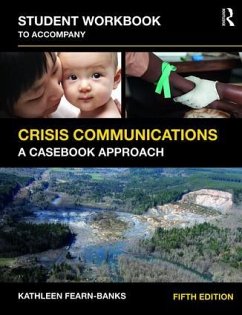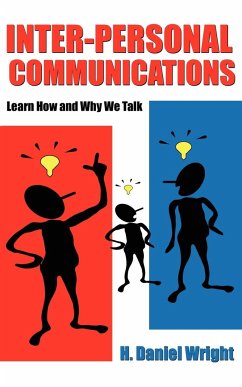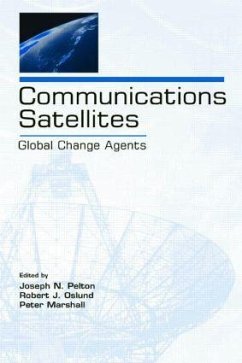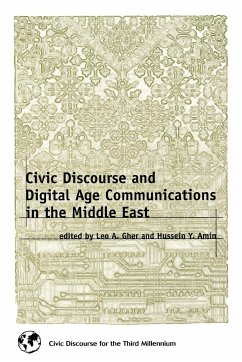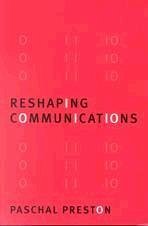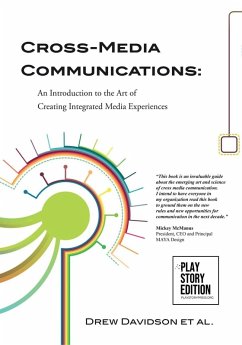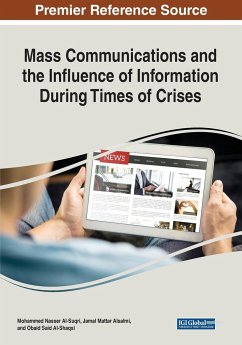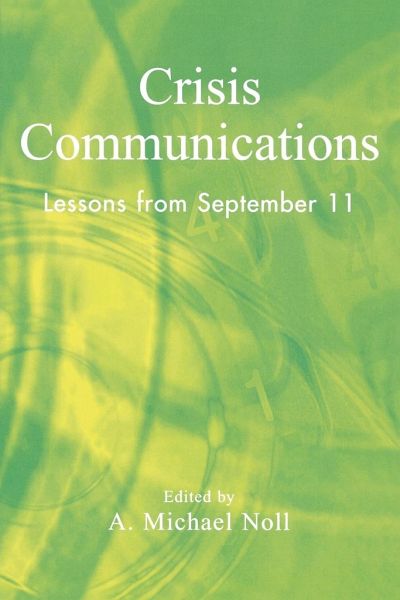
Crisis Communications
Lessons from September 11
Herausgeber: Noll, Michael A.
Versandkostenfrei!
Versandfertig in 1-2 Wochen
59,99 €
inkl. MwSt.

PAYBACK Punkte
30 °P sammeln!
Building on the events and lessons of September 11, Crisis Communications features an international cast of top contributors exploring emergency communications during crisis. Together, they evaluate the use, performance, and effects of traditional mass media (radio, TV, print), newer media (Internet, email), conventional telecommunications (telephones, cell phones), and interpersonal communication in emergency situations. They establish how people learned of the September 11 tragedy and how they responded; examine the effects of media globalization on terrorism; and, in many cases, give specif...
Building on the events and lessons of September 11, Crisis Communications features an international cast of top contributors exploring emergency communications during crisis. Together, they evaluate the use, performance, and effects of traditional mass media (radio, TV, print), newer media (Internet, email), conventional telecommunications (telephones, cell phones), and interpersonal communication in emergency situations. They establish how people learned of the September 11 tragedy and how they responded; examine the effects of media globalization on terrorism; and, in many cases, give specific advice for the future.




